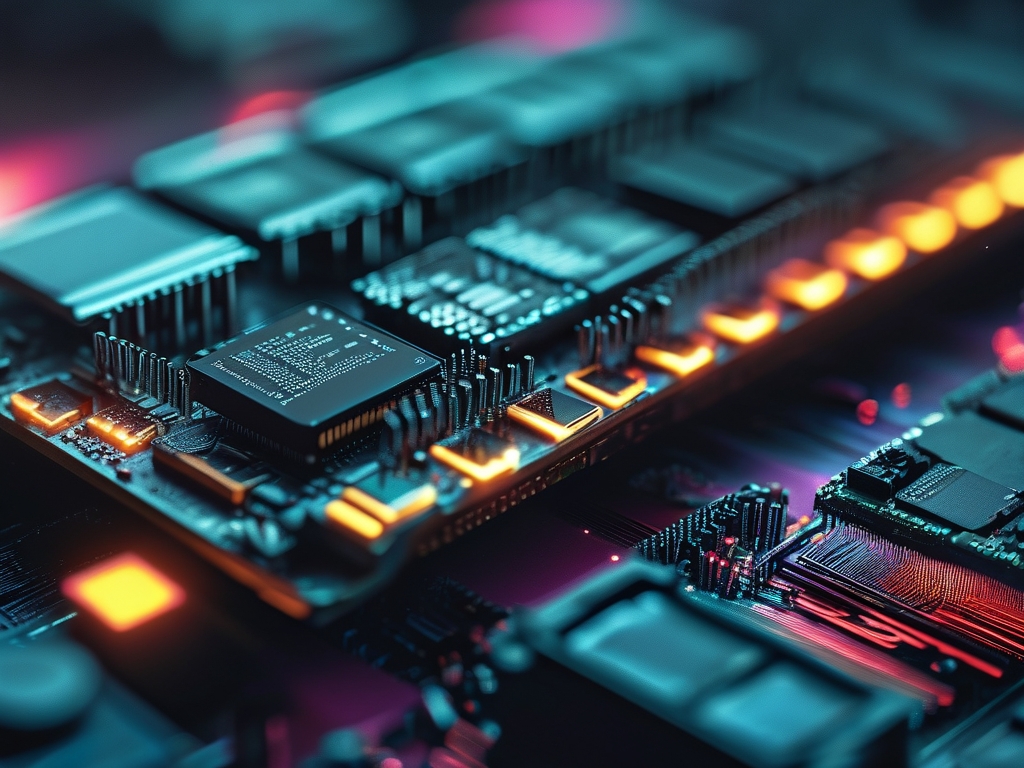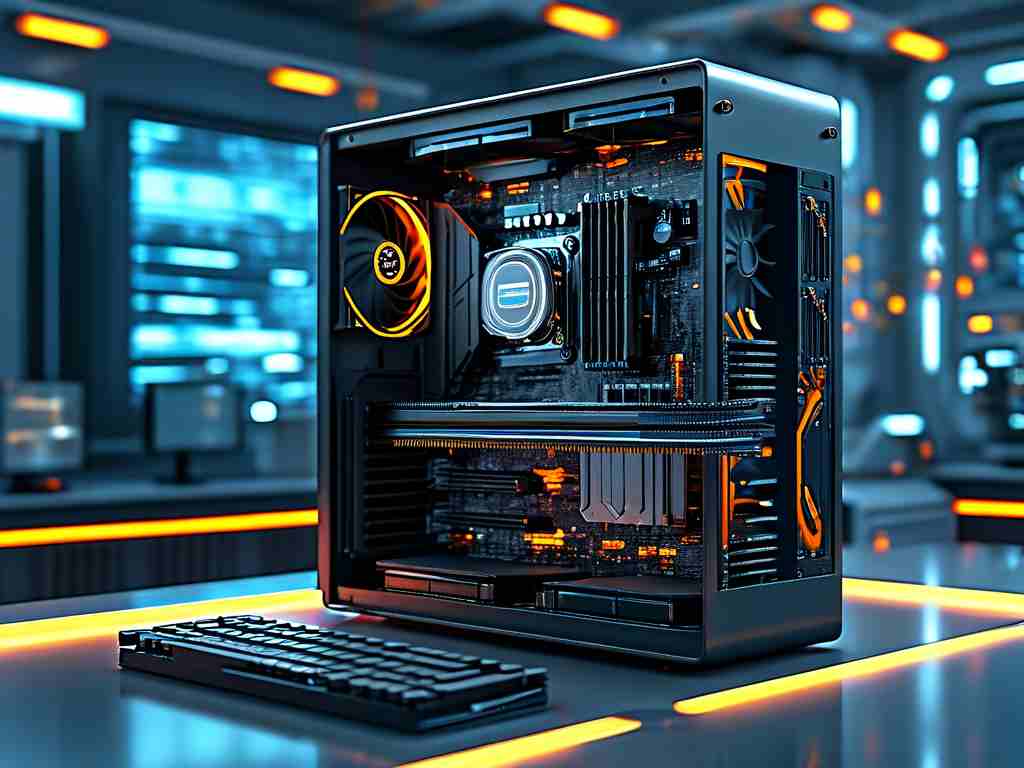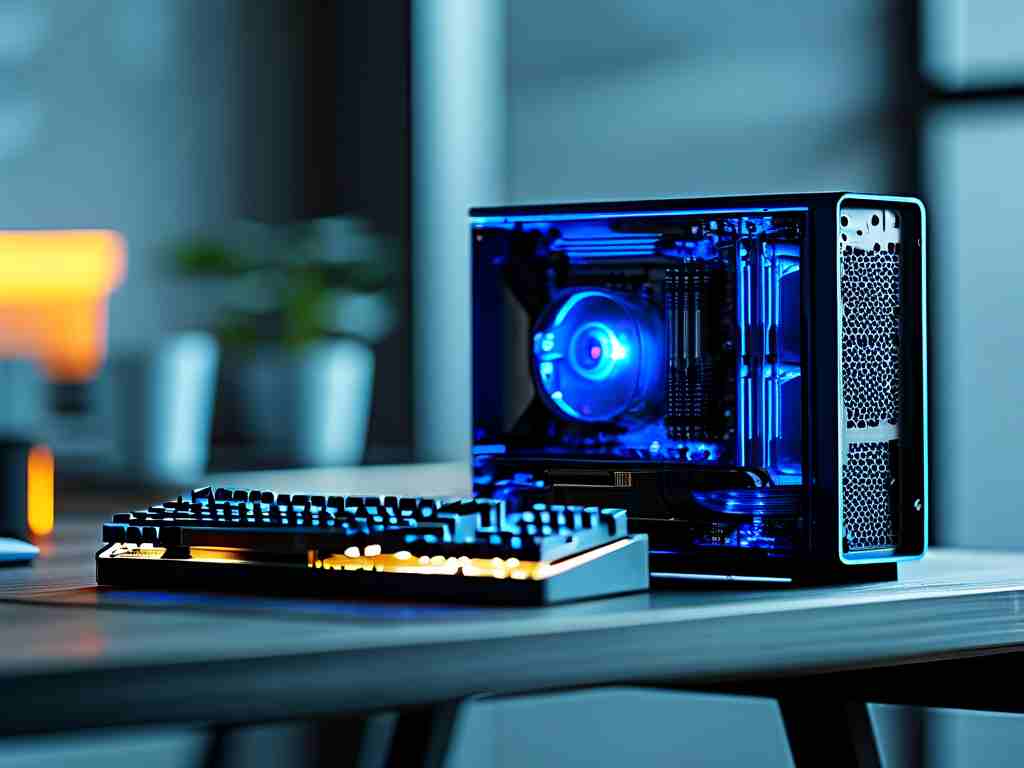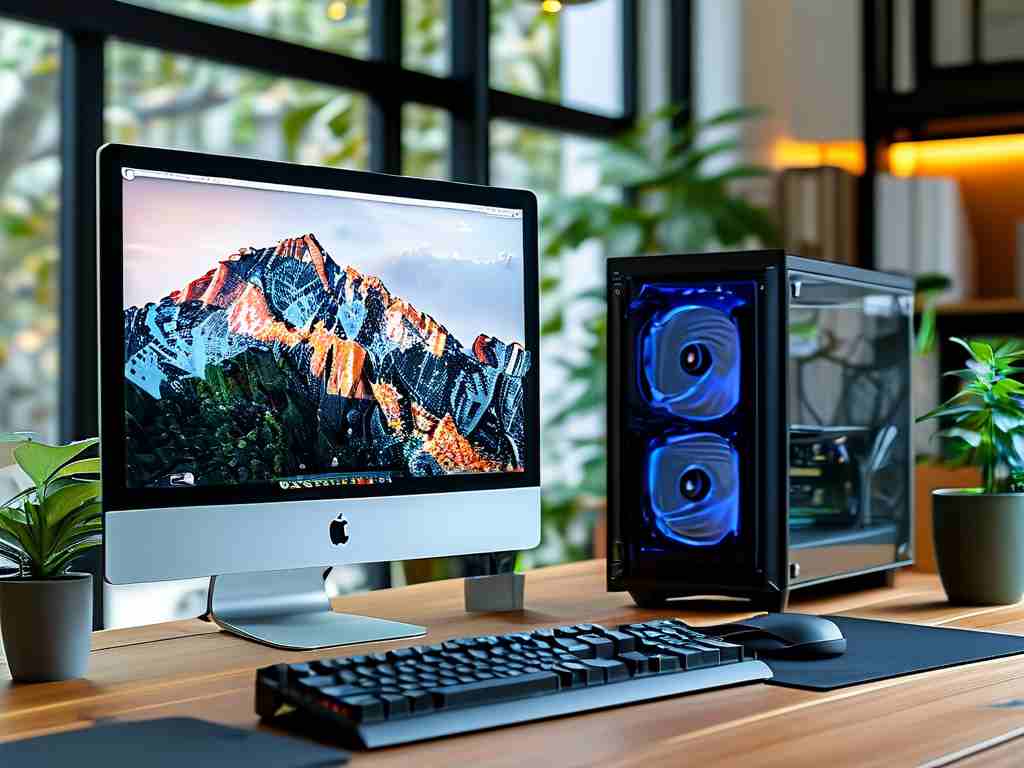The decision to upgrade from a traditional hard disk drive (HDD) to a solid-state drive (SSD) is often seen as a guaranteed solution to sluggish computer performance. After all, SSDs are renowned for their faster read/write speeds, near-instant boot times, and improved responsiveness. However, many users find themselves perplexed when their computer continues to lag or freeze even after installing an SSD. This article explores the multifaceted reasons behind this paradox and provides actionable insights to optimize system performance.

The SSD Advantage – and Its Limits
SSDs outperform HDDs by eliminating mechanical components, using flash memory to access data electronically. This design reduces latency dramatically, offering sequential read/write speeds up to 550 MB/s for SATA SSDs and over 7,000 MB/s for NVMe models. Yet, while SSDs address storage-related bottlenecks, they cannot single-handedly resolve all performance issues. A computer's speed depends on a symphony of components working harmoniously. If other hardware or software elements underperform, even a top-tier SSD won't deliver a seamless experience.
Hardware Bottlenecks Beyond Storage
-
CPU Limitations: The central processing unit (CPU) handles all computational tasks. If your CPU is outdated or overloaded, it becomes a bottleneck. For example, running modern software like video editors or AAA games on an older dual-core processor will strain the system, causing stutters regardless of SSD speed. Monitor CPU usage via Task Manager (Windows) or Activity Monitor (macOS). Sustained usage above 80% signals a need for an upgrade.
-
Insufficient RAM: Random Access Memory (RAM) acts as a temporary workspace for active applications. Insufficient RAM forces the system to use virtual memory (a portion of the SSD/HDD as makeshift RAM), which slows operations. For basic tasks, 8GB of RAM is adequate, but multitasking or demanding applications like 3D rendering may require 16GB or more. Check memory usage – if it consistently hits 90%, consider adding RAM.
-
GPU Constraints: Graphics-intensive tasks (gaming, 4K video playback) rely on the GPU. Integrated graphics in budget CPUs struggle with high resolutions, leading to lag. Dedicated GPUs alleviate this, but older models may still falter with newer software.
Software and Configuration Issues
-
Background Processes and Bloatware: Unnecessary background apps drain resources. Pre-installed bloatware (e.g., trial antivirus suites, manufacturer utilities) often run silently. Use built-in tools like Windows' Startup Manager to disable non-essential auto-launch programs.
-
Malware and Fragmented Software: Malicious software can hijack system resources. Perform regular scans using trusted antivirus tools. While SSDs don't require defragmentation (unlike HDDs), corrupted system files or cluttered registries (on Windows) can still degrade performance. Use utilities like
DISMorsfc /scannowto repair system files. -
Outdated Drivers and Firmware: SSD performance hinges on proper driver support. Ensure your SSD's firmware is updated via the manufacturer's utility tool. Similarly, outdated chipset or storage controllers can hamper speed.
The Hidden Culprit: Thermal Throttling
Both CPUs and SSDs generate heat during operation. Prolonged high temperatures trigger thermal throttling, where components deliberately slow down to prevent damage. Poor airflow in laptops or compact desktops exacerbates this. Monitor temperatures using tools like HWMonitor. If your SSD exceeds 70°C (158°F) under load, improve cooling with additional fans or a laptop cooling pad.
Storage Configuration Pitfalls
-
SATA vs. NVMe Misalignment: Not all SSDs are equal. SATA SSDs (max ~550 MB/s) are limited by their interface, while NVMe drives leverage PCIe lanes for exponentially higher speeds. However, if your motherboard lacks an NVMe-compatible M.2 slot, upgrading to such a drive won't yield benefits. Verify your system's compatibility before purchasing.
-
Partition Alignment and Overprovisioning: Improper partition alignment can reduce SSD efficiency. Use disk management tools to ensure 4K alignment. Overprovisioning (reserving a portion of the SSD for maintenance) also prolongs lifespan and maintains speed, especially for drives nearing full capacity.
-
Operating System Optimization: Windows and macOS include SSD-specific optimizations. For example, ensure TRIM is enabled (a command that helps SSDs manage unused data blocks). Disable disk indexing and hibernation if unnecessary.
Case Study: A Real-World Example
Consider a user who upgraded their 10-year-old laptop with a 1TB SATA SSD but still experiences lag. Diagnosis revealed:
- The CPU (Intel Core i3-2330M) struggled with modern web browsers.
- 4GB RAM caused constant swapping to virtual memory.
- The single cooling fan was clogged with dust, causing thermal throttling. Solutions included adding 8GB RAM, repasting the CPU thermal compound, and cleaning the fan – which collectively resolved the lag.
An SSD is a powerful upgrade, but it's not a panacea. Persistent lag often stems from overlooked bottlenecks: aging CPUs, insufficient RAM, software bloat, or thermal issues. To maximize your SSD's potential, adopt a holistic approach: audit hardware capabilities, streamline software, and maintain optimal system health. Remember, a chain is only as strong as its weakest link – identify and reinforce yours.




